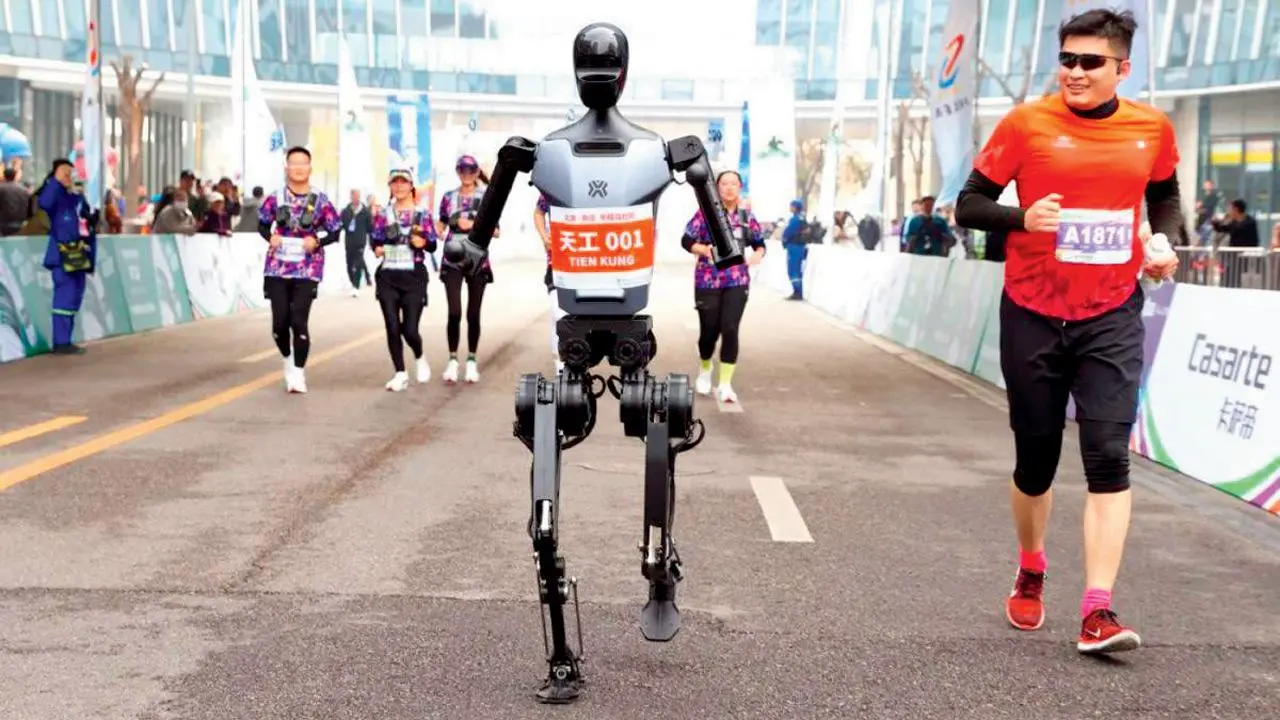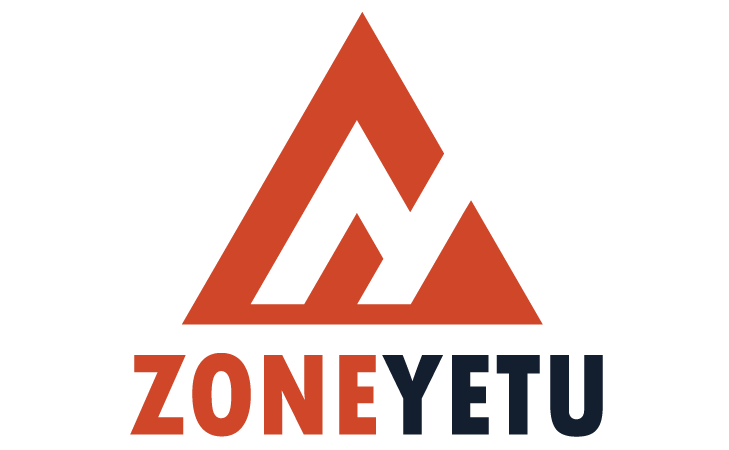
China challenges humans with humanoid robots in a half-marathon
On Saturday, twenty-one humanoid robots participated alongside thousands of runners in the Yizhuang half-marathon in Beijing, marking the first occasion these machines have competed with humans over a 21-km (13-mile) distance.
The robots produced by Chinese manufacturers like DroidVP and Noetix Robotics varied greatly in dimensions, with some measuring less than 120 cm (3.9 ft) and others reaching heights of up to 1.8 m (5.9 ft). A certain company claimed that its robot resembled a human closely, showcasing feminine traits along with the capability to wink and smile.
Several companies conducted tests on their robots for weeks leading up to the race. Officials in Beijing have characterized the event as resembling a race car competition, highlighting the necessity for engineering and navigation teams.
“The robots are operating smoothly and with great stability…” “I feel I’m witnessing the evolution of robots and AI,” remarked spectator He Sishu, who is employed in the field of artificial intelligence.
The robots raced alongside human trainers, with some needing to physically assist the machines throughout the competition.
Some of the robots sported running shoes, while one was equipped with boxing gloves and another adorned a red headband featuring the phrase “Bound to Win” in Chinese.
The victorious robot was Tiangong Ultra, hailing from the Beijing Innovation Center of Human Robotics, completing the task in 2 hours and 40 minutes. The male competitor who triumphed in the race finished with a time of 1 hour and 2 minutes.
The center is 43% owned by two state-owned enterprises, while tech giant Xiaomi’s robotics arm and leading Chinese humanoid robot firm UBTech share equal ownership of the remaining portion.
Tang Jian, the chief technology officer of the robotics centre, stated that Tiangong Ultra’s performance was enhanced by its long legs and an algorithm that enables it to mimic human marathon running.
“I don’t mean to brag, but I believe that no other robotics companies in the West have reached the same level of sporting success as Tiangong,” Tang remarked, noting that the robot changed batteries only three times throughout the race.
Some robots face challenges.
Some robots, such as Tiangong Ultra, successfully finished the race, whereas others faced challenges right from the start. A robot stumbled at the starting line, remaining motionless for a few moments before rising and speeding away. A collision occurred with a railing after traveling a short distance, resulting in the human operator tumbling over.
This marks the inaugural occasion where humanoid robots have competed alongside humans in marathons in China, despite their previous appearances over the past year.
China aims to leverage investment in frontier industries such as robotics to foster new drivers of economic growth. Some analysts, however, raise doubts about whether the participation of robots in marathons serves as a dependable measure of their industrial capabilities.
Alan Fern, a professor of computer science, artificial intelligence, and robotics at Oregon State University, stated that contrary to assertions from Beijing officials regarding the necessity of “AI breakthroughs” for such a race, the software that allows humanoid robots to run was created and showcased over five years ago.
Chinese companies have placed significant emphasis on showcasing walking, running, dancing, and various displays of agility.
“Overall, these are intriguing demonstrations, yet they don’t showcase much in terms of the practicality of useful work or any form of fundamental intelligence,” Fern remarked.
Tang, the CTO of the robotic centre, stated: “Our future focus will be on industrial applications for humanoid robots, enabling them to genuinely integrate into factories, business environments, and ultimately households.”
All Categories
Recent Posts
Tags
+13162306000
zoneyetu@yahoo.com



